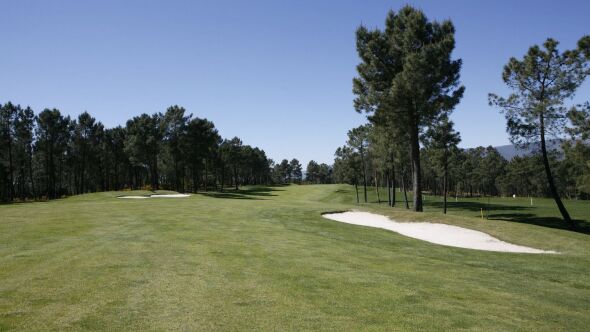Portugal Golf Guide
Spotlight
Recently Reviewed Courses
Recently Reviewed Courses ()
Portugal Golf Courses By Location
-
2 courses | 1 review
-
5 courses | 1 review
-
0 courses | 0 reviews
-
5 courses | 1 review
-
0 courses | 0 reviews
-
0 courses | 0 reviews
-
2 courses | 0 reviews
-
0 courses | 0 reviews
-
50 courses | 43 reviews
-
0 courses | 0 reviews
-
5 courses | 2 reviews
-
16 courses | 8 reviews
-
7 courses | 0 reviews
-
1 course | 0 reviews
-
6 courses | 2 reviews
-
4 courses | 0 reviews
-
9 courses | 3 reviews
-
1 course | 0 reviews
-
3 courses | 0 reviews
-
3 courses | 2 reviews













